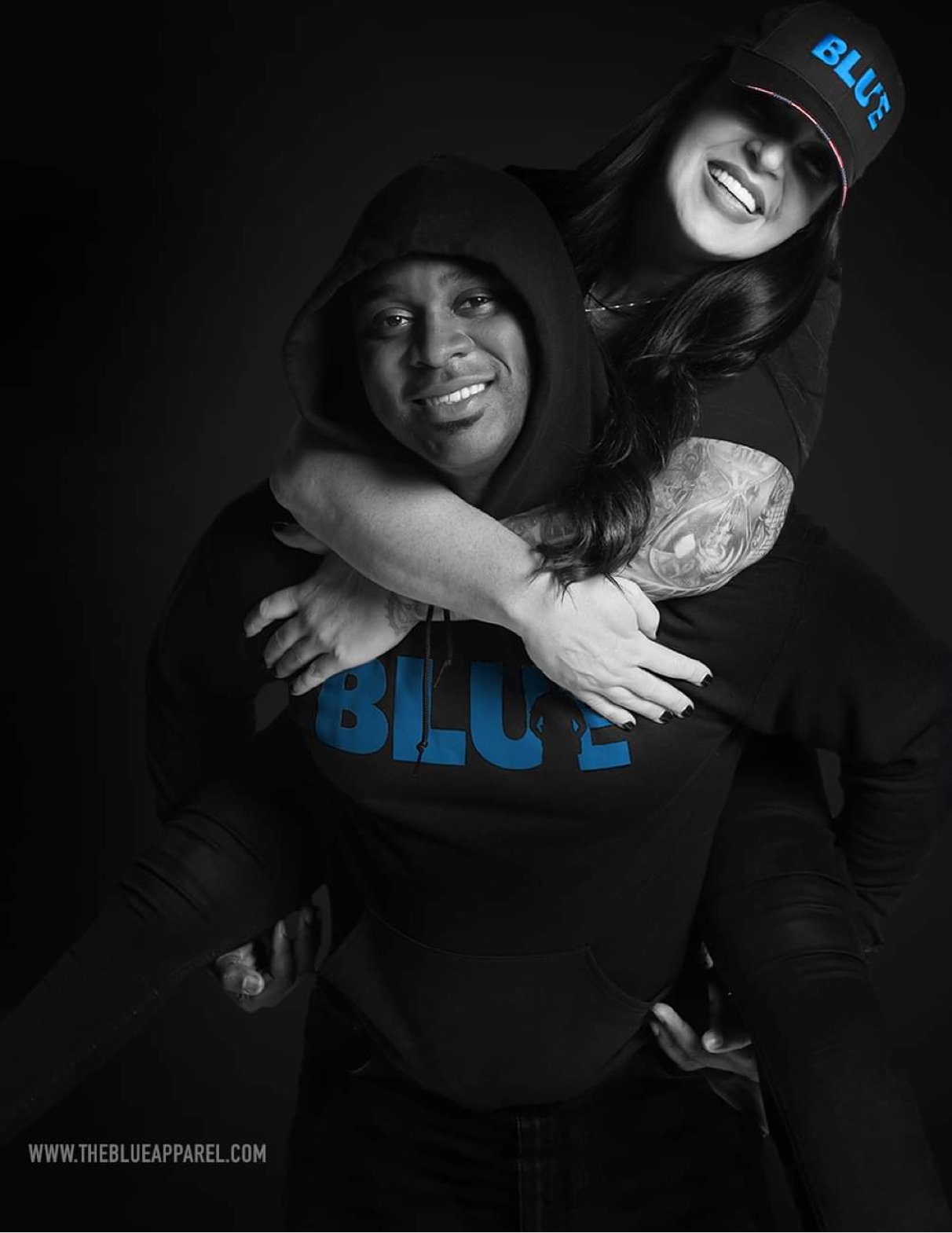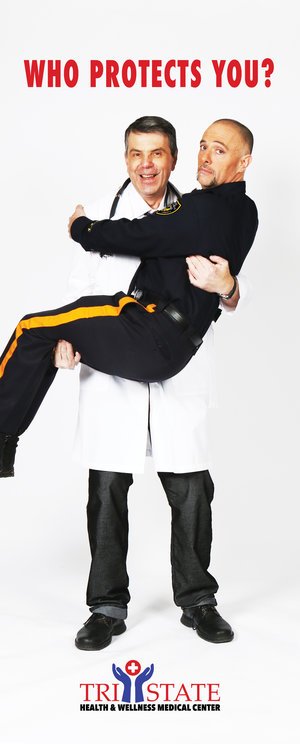The Positive & Negative Effects of Social Media in Law Enforcement
By Lt. Anthony Espino
A recent Pew Research Center study reports young adults ages 18 to 29 are the most likely portion of the population to interact on social media outlets. Usage among those 65 and older has more than tripled since 2010, when it was then estimated that 11% were using social media. Today, 35% of all those 65 and older report using social media, compared with just 2% back in 2005.
Overall, 65% of American adults use social media. And even if they are not on social media; they likely are still impacted by social media. It’s clear we live in an age where social media has become a resource of multiple areas of information. What do we mean by an “age of social media” and how did we get here? What do these sites such as Twitter, Facebook and Instagram do for us, or to us, or with us?
How has social media affected law enforcement? Well, for example, public safety has become a little more sophisticated, and methods of communication have grown much faster. Law enforcement tools have evolved from wanted posters hung on telephone poles to police radio, patrol cars and social networks, such as Twitter, Facebook and YouTube.
Social media is helping police and other law enforcement agencies fight crime. The NYPD has set up a special social media unit to monitor criminals’ posts online. They use this unit to detect crime from underage house parties to gang activity to murder.
Social networking has become a valuable intelligence-gathering tool for law enforcement agencies, as well as a source of evidence for defense and prosecution personnel who search Facebook pages, Twitter feeds or YouTube videos seeking to discredit witnesses and establish law enforcement bias. It’s surprising how many criminals love to brag about their crimes on social media networks, and sexual predators have been located and apprehended as a result of their online activities.
Social media also provides an avenue to help humanize police departments and show that law enforcement officers are also members of the community they serve. Social media can be an effective way for agencies to highlight their officers’ accomplishments, make announcements regarding enforcement campaigns and provide messages about safety.
Community policing has also expanded through social networking to locate missing children, alert neighbors of suspicious activity and even inform the public about crimes committed in their neighborhoods.
Although social media has become a friend for law enforcement, it also at times has become an enemy. We must remember social networking is a tool that cuts both ways. Flash mobs began to form in 2003 as peaceful and often humorous acts of public performance, such as mass dance routines. But in recent years, these flash mobs have taken a darker twist as criminals exploiting the anonymity of crowds, using social networking to coordinate acts from robberies, fights and general chaos. Internet terrorist groups such as ISIS and others are using platforms like Facebook, YouTube and Twitter to reach isolated teens here in the United States with social media posts.
Social media has given the public an opportunity to see first-hand how police are doing their jobs. However, the public isn’t always getting the whole story. Often, the public only sees a small portion of a police video and forms an opinion based on just a piece of what happened. These are challenges we as law enforcement officers face when you see a five-second clip that makes us look bad, leaving many who view those clips to form a negative opinion about how the officer handled the situation.
While some of those clips do portray a bad image for law enforcement, there are critical pieces of those clips that are not being displayed which, if included, could restore the integrity of the officers. If the public can see these videos in their entirety, I’m sure their opinion of the situation would go something like this, “Wow that was a tough situation, but the officer did the right thing.” However, we must remember negative effects of police work is what seems to attract audiences these days, and the media runs with it, painting a picture that is far from the truth about what law enforcement truly stands for.
Even the courts have been affected by social media. In some cases, jurors have disregarded instructions and have conducted online research, sharing their opinions on Twitter and posting biased comments on their Facebook pages.
As platforms evolve and new issues emerge, social media will continue to provide challenges and opportunities for law enforcement officials. We must continue to navigate the ethical boundaries of using social media. In doing so we might find crime getting easier to fight.
Lt. Anthony Espino is a 20-year veteran police officer, assigned to the Patrol and Crime Prevention Unit. His passion is to lecture to community members, teachers, and students to promote awareness and offer tips to prevent crime and victimization.

On The Beat
The Positive & Negative Effects of Social Media in Law Enforcement






